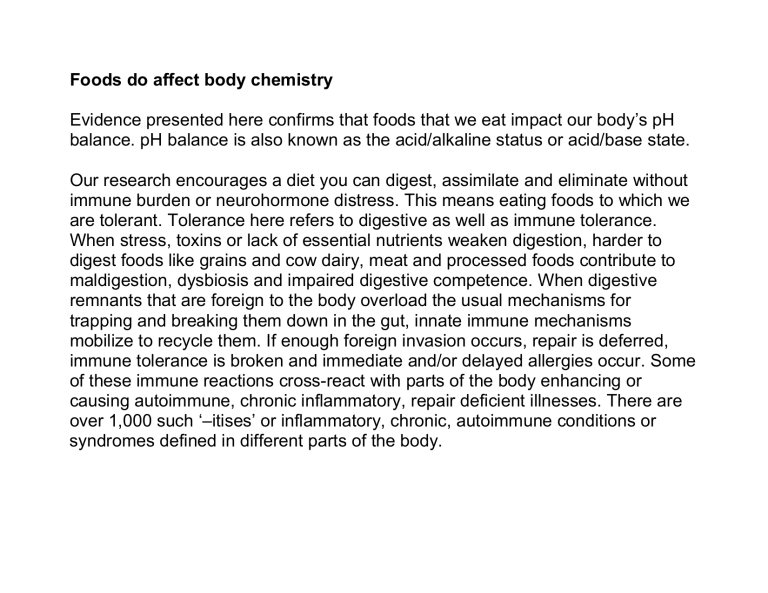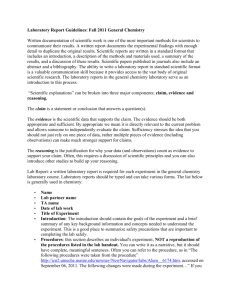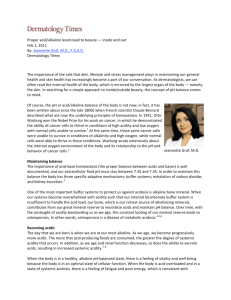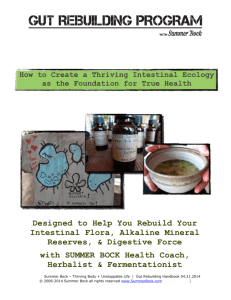to a PDF of this article

Foods do affect body chemistry
Evidence presented here confirms that foods that we eat impact our body’s pH balance. pH balance is also known as the acid/alkaline status or acid/base state.
Our research encourages a diet you can digest, assimilate and eliminate without immune burden or neurohormone distress. This means eating foods to which we are tolerant. Tolerance here refers to digestive as well as immune tolerance.
When stress, toxins or lack of essential nutrients weaken digestion, harder to digest foods like grains and cow dairy, meat and processed foods contribute to maldigestion, dysbiosis and impaired digestive competence. When digestive remnants that are foreign to the body overload the usual mechanisms for trapping and breaking them down in the gut, innate immune mechanisms mobilize to recycle them. If enough foreign invasion occurs, repair is deferred, immune tolerance is broken and immediate and/or delayed allergies occur. Some of these immune reactions cross-react with parts of the body enhancing or causing autoimmune, chronic inflammatory, repair deficient illnesses. There are over 1,000 such ‘–itises’ or inflammatory, chronic, autoimmune conditions or syndromes defined in different parts of the body.
The Standard American Diet is SAD
The standard American diet (SAD) is imbalanced and promotes ill health, in large part by contributing an excess acid load. Acid excess means mineral deficits.
Minerals buffer or neutralize acids (protons). Minerals activate and energize cells; without enough minerals, cells lose energy and become hospitable to infection or less able to protect themselves from toxins.
Eat like a peasant; feel like a king
Major acid contributors have become staples of many affluent people’s diets.
Whole foods are more mineral and nutrient rich. A healthier diet balances acid contributing foods and beverages with larger amounts of alkalinizing whole fruits, vegetables, seeds, sprouts, nuts, and fungi. Processing reduces nutrition quality, also known as nutrient density. Examples of foods that, after full metabolism, add acids include meat, cow dairy, chicken eggs, refined sugar, tonic soda, coffee, black or green tea. Alcohol, nicotine, and acquired delayed immune reactions also produce excess acids.
Food Effects on Body Chemistry are Different from Ash Residue
The Food & Chemical Effects on Acid/Alkaline Body Chemical Balance chart
(online at AACHRT.
PERQUE .COM
) show which foods are acid-forming and which ones are alkaline-forming. This is based on the full metabolism of the whole food. This represents the next generation after acid ash residue in regard to understanding the effects of foods on body chemistry.
Ash residue or total effect on body chemistry
A very important advance and difference in the approach taken here is that the foods listed in the Food & Chemical Effects on Acid/Alkaline Body Chemical
Balance, are based on the total effects they have on body chemistry. This is different from the ash residue and also from the intrinsic acid or alkaline state of the foods. Most earlier food charts report acid or alkaline based on the physical mineral “ash” the foods produce on combustion in a closed chamber. Ash residue can be very confusing and misleading. So, regardless of the food’s chemistry before it is consumed, what is essential is to see the functional effects of foods on the body after metabolism.
Acid Alkaline: Differences in Physical Chemistry and Biological Chemistry
The language and terminology are complex, as is this issue. There is physical chemistry and then there is biological chemistry (biochemistry, molecular biology). For example, pH is the measure or scale of acidity to alkalinity. In physical chemistry the range is from 0-14, each unit a factor of ten or a log of the one lower. The mid-point, or 7 on the pH scale, has equal acid and alkaline elements and is neutral on the pH scale. Below 7, acids progressively dominate.
Above 7, alkaline molecules progressively dominate.
In biological chemistry, pH is specific to each local environment or metabolome.
Blood has a very narrow pH range. This means that cells or urine or sweat can show significant swings in pH that greatly affect function and health status while the blood pH has minimal change. For arterial blood, a pH range of 7.380-7.430 is considered usual or normal. For venous blood, a slightly more acidic pH range of 7.350-7.400 is considered usual or normal. The extreme of life is a blood pH range from 6.900-7.650.
One way for people to understand this issue is to understand different metabolic states. Olaf Sigaard-Anderssen studied over 100,000 people in regard to their blood pH, amount of oxygen and of carbon dioxide.
This figure includes several striking features.
First, the normal, healthy (green) range is very narrow. In contrast, there is a large range for both acidosis and for alkalosis. In both cases, there are metabolic (blue) and respiratory reasons (red).
Metabolic acidosis is usually due to diet and life style habits. While diabetes kills and diabetes costs, diabetes complications are a choice.
Acid contributing and immune reaction provoking foods are becoming increasingly important causes of metabolic acidosis.
Metabolic alkalosis only occurs in people seriously ill.
Metabolic Acidosis Indications Include Unexplained
•
•
Rapid and shallow under breathing
Intermittent confusion
• Fatigue
• Headache
• Sleepiness
• Loss of appetite
• Breath smells ‘fruity’ if it is diabetic acidosis/ ketoacidosis
• Impaired cytochrome p450 detoxification
• Reduced protein synthesis in cell
•
•
Enhanced recycling of improperly formed proteins
Shift from elective protective mechanisms to survival state in cells
• Loss of proton gradient causing cell battery to produce less energy
•
•
•
•
•
•
Reduction in ATP/ADP ratio
Reduced repair and thus increased inflammation
Reduced recycling of foreign invaders
Increased load on the immune defense and repair system
Reduction in antioxidants and increase in oxidative damage
Deficiency of potassium and magnesium in cells
True and False Alkalinity in the Body
Some people recommend easy ways of alkalinizing the body based on ‘fooling the body.’ It is not a good idea to fool the body. The two most common ways of creating what is a false alkalinity are use of bicarbonates or drinking water from machines that make alkaline water by chemically splitting water into a retained hydroxyl radical that is alkaline and an acid proton that is flushed away. In both cases, what is consumed is chemically alkaline. In the body, however, what happens is different.
In the case of bicarbonates (baking soda, sodium bicarbonate, potassium bicarbonate, mixed bicarbonate, trisalts), the body regulates bicarbonate through the carbonic anhydrase enzyme. This means that the body sets the level of bicarbonate. If you take in more, the body makes a little less. The take away is that the body is not made alkaline by consuming bicarbonates. The body is not fooled in this way.
In the case of alkaline water, hydroxyl radicals are so caustic that the body has multiple mechanisms for preventing such molecules from getting to the cells or systems of the body. These protective enzyme catalysts are known as dysmutases. This means that turn harmful hydroxyl radicals into neutral products.
Some of the alkaline water machines now come with a slowly dissolving mineral
cartridge. Adding back some minerals after creating a compound that would harm cells if it got to them appears to be an attempt to fool the body. The body is not fooled in this way either.
The way to alkalinize the body is to use mineral rich foods along with those rich in short to medium chain fats. Mineral rich foods are the whole foods recommended in the Alkaline Way to digestive and total body health. Alkalinizing fats are found in clarified butter, raw coconut oil, as well as in sheep and goat dairy products.
Respiratory causes of acidosis are due to severe impairments of lung functions.
Respiratory alkalosis only occurs in people seriously ill.
Respiratory Acidosis Indications Include Unexplained
•
•
•
•
•
Fatigue and fatigue-ability
Confusion
Shortness of breath
Impaired lung function tests
Sleepiness
The figure above shows the typical American diet and the results of the acidosis cycle. Indeed, it is SAD. Recommendations above provide a path to a
sustainable, healthier present and future based on the Alkaline Way. The Joy in
Living the Alkaline Way is a roadmap and personalized guide to living well, feeling well and being well. It is also noteworthy that even in the most extreme imbalances of acidosis and alkalosis the blood pH changes occur over a remarkably small range (7.000-7.8000) while cell and other metabolomes can have dramatic changes in their specific pH (see table above).
Nature, nurture and wholeness; kindness, compassion and gratitude are the threads from which each person’s living tapestry is woven. Sustainable good health incorporates the Alkaline Way of eating, drinking, thinking and doing.









